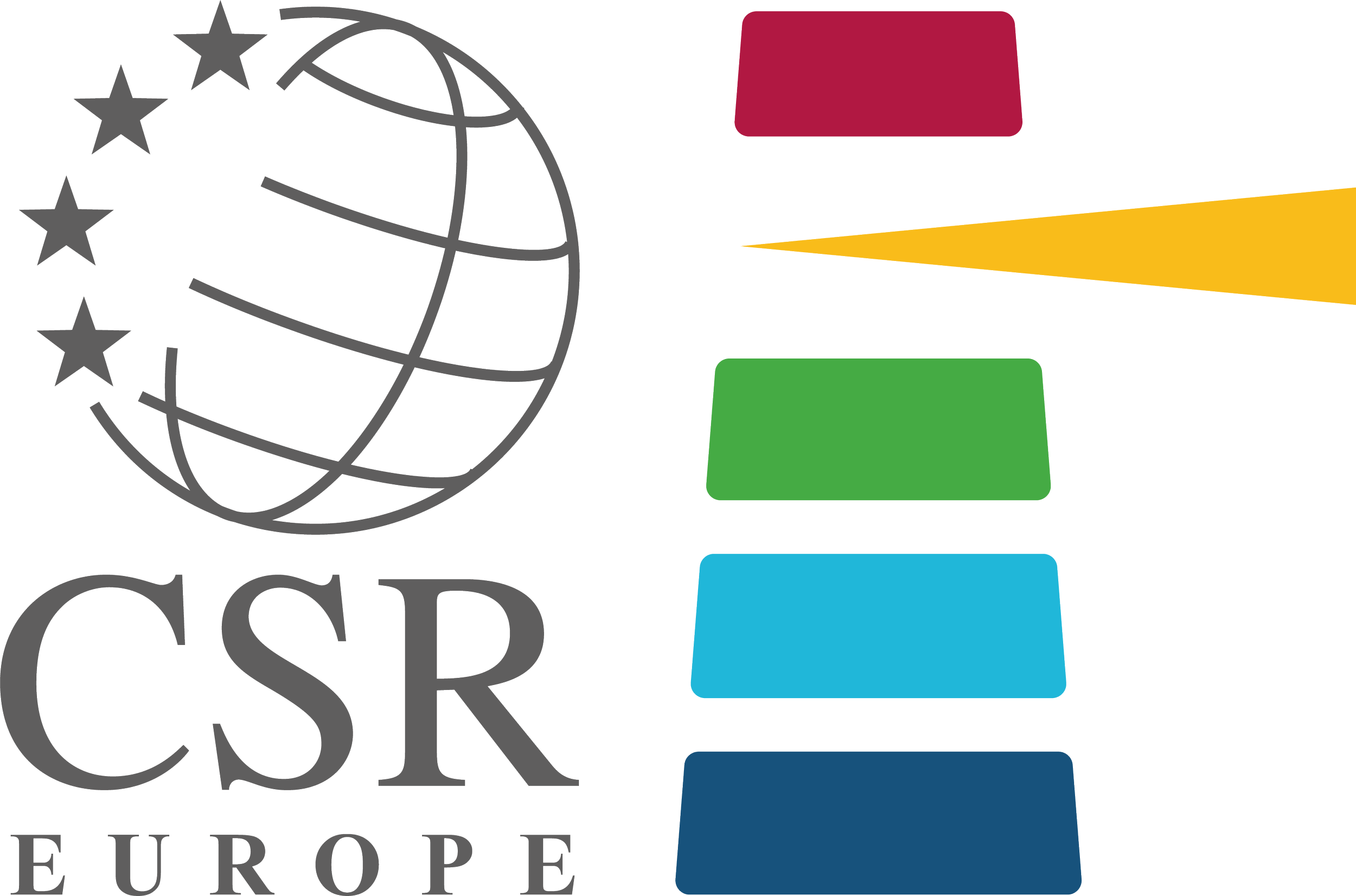Mitigation of Tyre and Road Wear Particles, New Activities Planned
Exchange of knowledge, a “Blueprint for Action on TRWP Hotspots” and a project proposal for the EU LIFE Programme will be at the centre of the European Tyre and Road Wear Particles (TRWP) Platform’s activities for 2020. Launched by the European Tyre and Rubber Manufacturers Association (ETRMA) and facilitated by CSR Europe, the Platform addresses the environmental impact of TRWP. Next steps will be discussed at the meeting on 18 February.
In July 2018, the European Tyre and Rubber Manufacturers Association (ETRMA) launched the European TRWP Platform, a dedicated multi-stakeholder roundtable facilitated by CSR Europe, to gather scientific knowledge and co-design mitigation options to address the environmental impact of tyre and road wear particles (TRWP). With members from government, academia, NGOs and industry, the Platform aimed at having an open and inclusive dialogue among all relevant stakeholders to explore a balanced and holistic approach to the challenge of tyre and road wear particles.
TRWP are tiny debris which are formed during normal driving conditions from the friction between the tyre and the road necessary to ensure sufficient grip on the road and safety. Because of their size and composition, these particles are commonly associated with microplastics
How to prevent this from happening? The friction between tyre and road is essential to ensure drivers safety and cannot be easily reduced. In addition, TRWP levels do not depend exclusively on tyre design but are affected by several external factors, such as driving behaviour, road and vehicle characteristics. In other words, TRWP poses a complex sustainability challenge. As such, it requires collaborative and cross-industry efforts to achieve tangible impact.
About the TRWP Platform
With a wide range of participants, spanning from the industry to government, academia and non-governmental organisations, the European TRWP Platform created an open and inclusive multistakeholder dialogue to address the issue of TRWP generation and capturing.
After its first year of activities, two reports have been published:
• The Way Forward Report to explore the most promising ways of mitigating the environmental impact of TRWP. This includes measures to address TRWP generation as well as capture and removal. The report also provides recommendations and pathways for continued cross-sector collaboration among different stakeholders (e.g. Tyre makers, Automotive sector, Road makers, Wastewater sector, Research Institutes, Public Authorities, etc.)
•The Scientific Report on TRWP in the Aquatic Environment by Prof. Dr Martin Jekel from TU Berlin to summarise the existing scientific research and knowledge gaps on TRWP from generation to freshwater systems. It focuses on recent studies, publications, reports and presentations of participants at the meetings.
2020 Objectives
Building on the work done in the past two years, in 2020 the Platform aims to:
Continue the exchange of knowledge between the relevant stakeholders to gather up-to-date scientific information on TRWP and build synergies among research projects.
Publish a “Blueprint for Action on TRWP Hotspots” to provide guidelines on how to tackle the generation and capture of TRWP in hotspots (locations with high potential of generation/transportation of TRWP in the environment, such as highways, busy urban roads, etc.).
Develop a project proposal to be submitted to the EU LIFE Programme - the EU's funding instrument for the environment and climate action - to scale up the activities of the Platform and start the implementation of practical pilot projects as identified in the ‘Way Forward Report’.
The objectives and concrete action plans will be discussed during the next Platform meeting on February 18th. Parties interested in joining the Platform can do so by contacting Elisa Casazza.
For more information:
Project Manager
